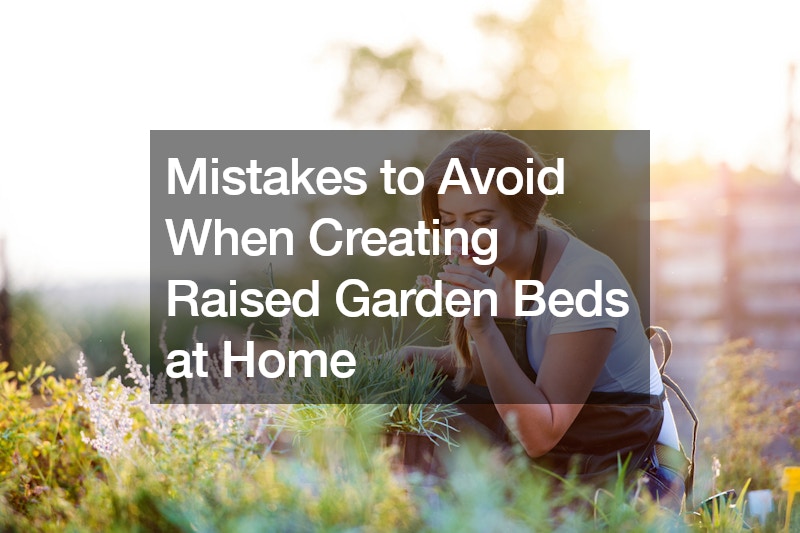When creating raised garden beds at home, several common mistakes can hinder the success of your gardening efforts. Firstly, failing to properly plan the location and design of your raised beds can lead to suboptimal growing conditions. It’s crucial to choose a site with adequate sunlight exposure and proper drainage to ensure healthy plant growth. Additionally, consider factors such as accessibility, proximity to water sources, and potential obstructions like tree roots or underground utilities.
Another common mistake is using low-quality or untreated materials for constructing raised beds. Poor-quality materials can deteriorate quickly and may contain harmful chemicals that can leach into the soil, potentially contaminating your plants. Opt for durable, rot-resistant materials such as cedar or redwood, and avoid using pressure-treated lumber, which can contain toxic chemicals.
Furthermore, neglecting proper soil preparation is a common pitfall when creating raised garden beds. It’s essential to invest in high-quality soil that is well-draining, nutrient-rich, and free of contaminants. Incorporating organic matter such as compost or aged manure can improve soil structure and fertility, promoting healthy plant growth.
Overcrowding plants is another mistake to avoid in raised bed gardening. While it may be tempting to maximize space, overcrowding can lead to competition for resources such as water, nutrients, and sunlight, resulting in stunted growth and increased susceptibility to pests and diseases. Follow spacing recommendations provided for each plant variety to ensure adequate air circulation and room for growth. By avoiding these common mistakes and implementing best practices, you can create thriving raised garden beds that yield bountiful harvests season after season.
.


